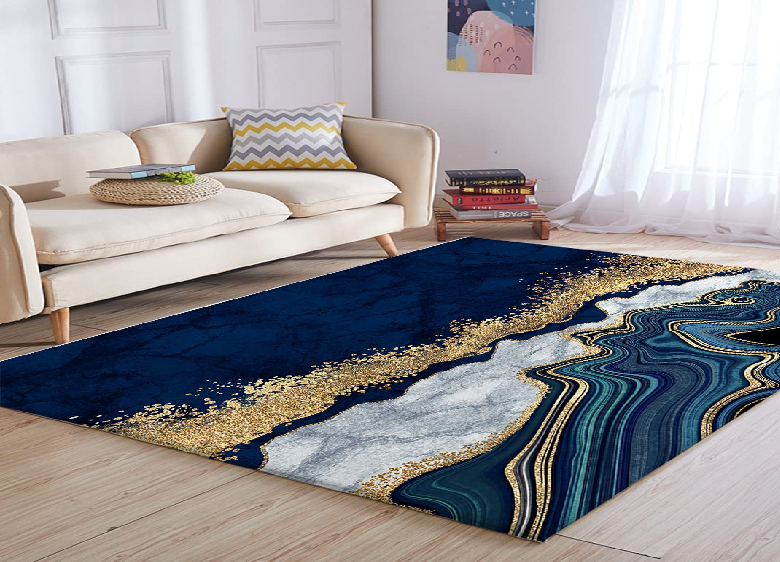The Beni Ourain Rug is a Moroccan tribal rug which is handmade in the rural villages of North Africa. In particular the area being the Atlas Mountains. The pattern in these rugs makes them very popular and causes them to be associated with the Middle East and North Africa due to their geometric shapes. On their own, these rugs are considered stunning pieces of artwork. They also have been used for many years as prayer mats in mosques because they are thought to have religious connotations due to their symbolism representing both heaven and earth, as well as birth and rebirth (life-giving) cycles.
History:
The origins of the Beni Ourain rugs are shrouded in mystery. Their exact age and origin are difficult to pinpoint. Still, it has been suggested that these rugs originated from a nomadic tribe called the “Beni Ourain” in the Atlas Mountains of Morocco. Between 230 and 450 BCE, several tribes populated North Africa; however, there was a sudden shift to a more sedentary lifestyle as cities were developed during this time frame. It has also been speculated that these tribes migrated from the Middle East to North Africa around this time. Uses of Berber rugs
1. The Berber tribes that inhabited North Africa and the Middle East used blankets to protect their tents from cold wind and rain.
2. Berbers also used rugs to cover the floor of their homes, which is where the term “rug” is derived from.
3. These rugs were also used for prayer mats or decoration (often on tables to serve as a centerpiece)
4. The women of the Berber tribes would lay on their rugs and weave beautiful patterns, often using bright colors, repeatedly by a twisted Berber mythological tale (similar to a storyline).
5. The nomadic Berbers also used rugs for bedding, to keep warm, or to sell so they would have money to buy food or water.
Benefits of Berber rugs
1. The historic Berber tribes of North Africa and the Middle East often used rugs to provide warmth and protection from the cold during winter. Also, since Berbers were not all wealthy, many rugs were given as gifts to those who could afford them.
2. Berber tribes would also hand-sew their rugs with intricate patterns, such as weaving flowers with their fingers instead of looms or knitting machines. It indicates how much value was placed on these handcrafted rugs as works of art rather than for utility; however, it also suggests that nomadic Berbers were becoming more sedentary, producing more goods for sale instead of solely making rugs and blankets.
3. Berber rugs have been used as prayer mats in many of their homes. They even made these rugs in the shape of the world’s continents. The Moroccan Berber rug is essentially a cross between their traditional tribal rugs and Oriental rugs. The Moroccan Berber rugs resemble their traditional tribal rugs but influence Oriental rug designs as well. Click here for more information on Berber rugs.




